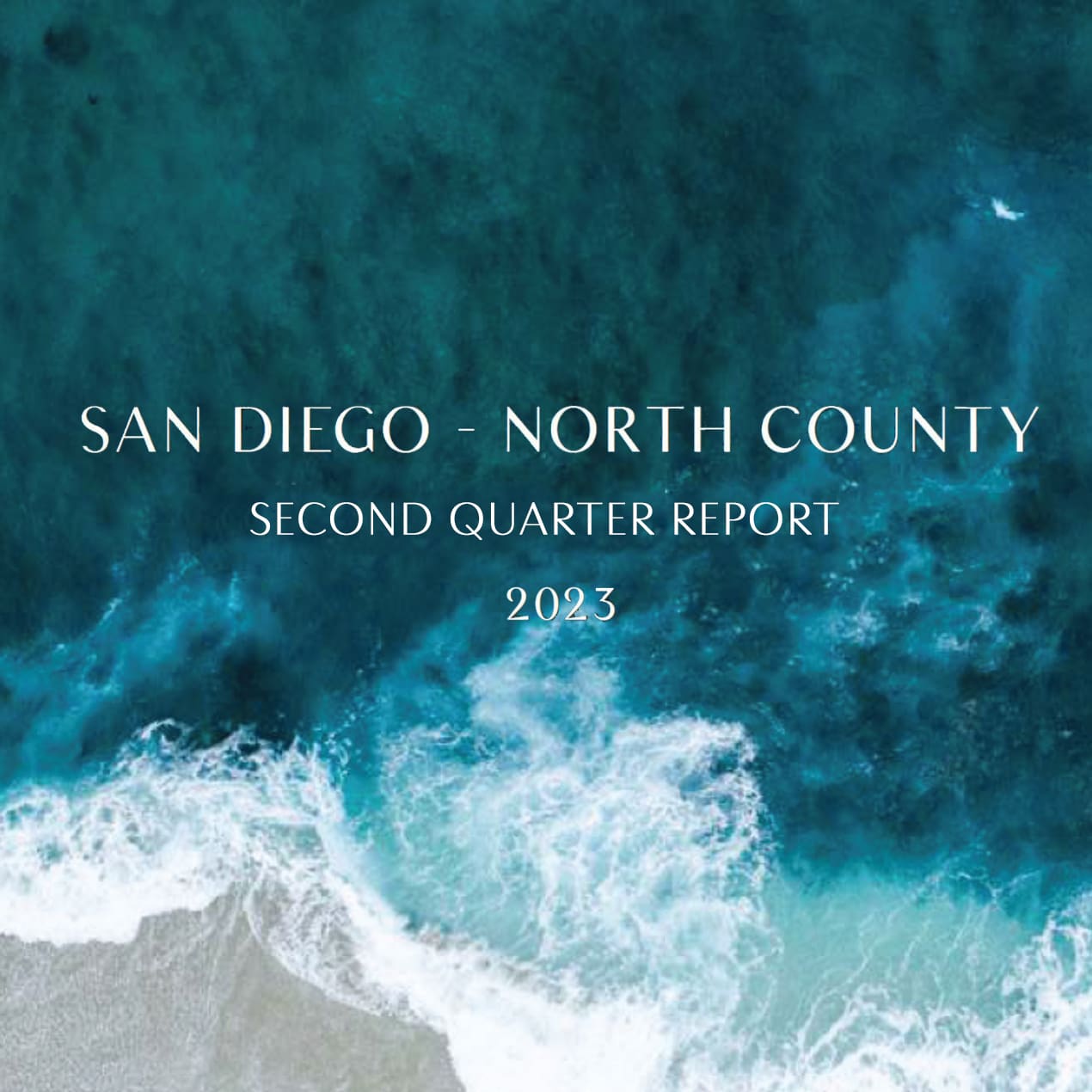
News regarding the U.S. housing market has been focused on a crucial question: Is it on the brink of a crash similar to the one experienced in the mid-2000s? To answer this, we must examine recent trends and market indicators.
Market Cycles and Growth
The current housing cycle began in early 2020 with a remarkable surge in prices, a dip in 2022, and a return to peak prices in early summer this year. This period was characterized by extraordinary factors:
- Between February 2020 and the peak in 2022, U.S. home prices soared by 45%, a rate only matched during the 2003-2009 cycle.
- This cycle played out remarkably fast, taking only three years compared to previous cycles that lasted much longer.
- Notably, this boom wasn’t confined to large cities; even small towns experienced significant price increases.
The U.S. housing market’s total value has surged by 49% since the start of the pandemic in 2020, reaching a record high of $52 trillion. California stands out as a leader in this growth, boasting over $10 trillion in housing market value. The state also leads in the number of home loan applications, highlighting its robust demand.
Supply and Price Trends
Despite a slowdown in late 2022, home values started to rise again. In San Diego County, the median price of a single-family home reached $1,025,000 in August, up 3% from July and 13.5% higher than the previous year. Low housing supply remains a significant factor, with a mere 2.6-month supply according to San Diego Association of Realtors’ August data.
Economic Predictions and Trends
Institutions like Goldman Sachs have lowered the likelihood of a recession down to 15%. Foreclosure filings were down by 2% year-over-year in August 2023, indicating relative stability. Homes on the West Coast, including San Diego, are equity-rich, with loan balances often less than half of their market value.
Homebuilders, cautious after the last crash, face challenges in meeting demand quickly due to land acquisition and regulatory hurdles. However, an overbuilding scenario like the one seen 15 years ago appears unlikely.
Mortgage Rates and Affordability Challenges
Mortgage rates have risen to levels not seen since 2000, reaching 7.31% for the 30-year fixed and rising faster than any other time in recent history. However, it’s essential to note that these rates impact borrowers, while cash buyers constitute a significant portion of the market (27%). Economists predict that rates may stabilize or even decrease in 2024, potentially boosting buyer activity. Historically, when interest rates dip, home prices in San Diego rise nicely. Clearly, buying now still makes sense.
Wildfires and Insurance Concerns
Wildfires continue to pose a significant threat to homes, with recent statistics indicating an increase in their frequency and impact. Concerns about insurance companies discontinuing policies in wildfire-prone areas have led to regulatory changes in California to address this issue.
In summary, while concerns of a housing market crash persist, several factors may mitigate the risk. California remains a prominent player in the market, but challenges like wildfires and insurance issues require attention. Buyers should carefully monitor market developments and consider their options in this dynamic environment.
To download the full report just click the button below

Looking for San Diego real estate updates?
Sign up for my information-packed newsletter and keep up-to-date with local market trends, real estate news, and recent activity.





